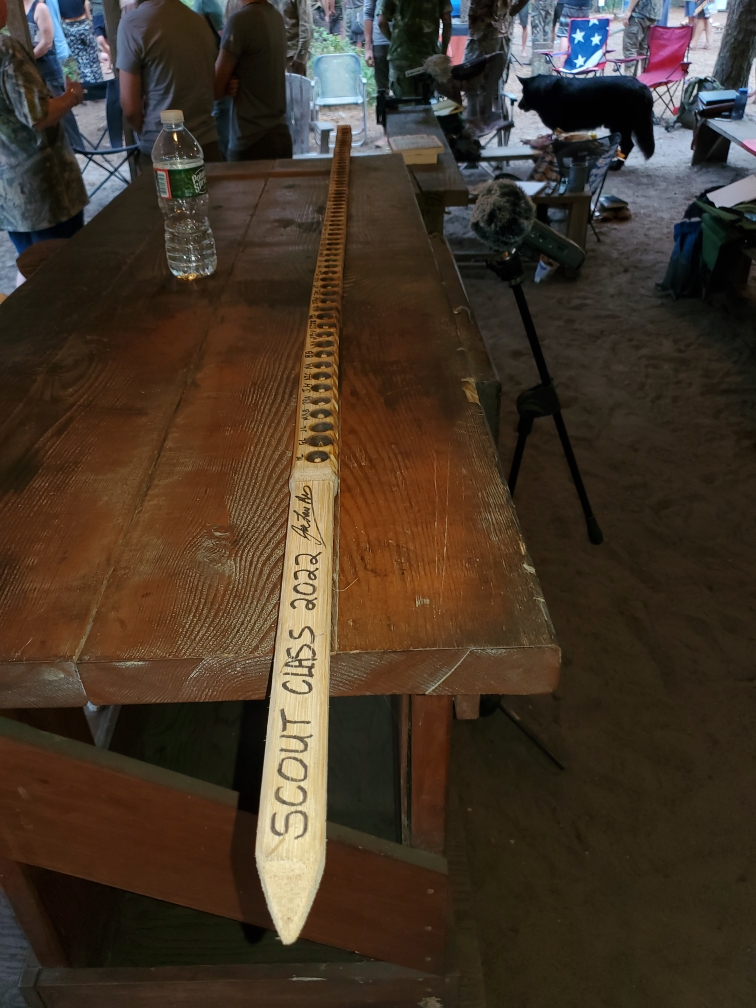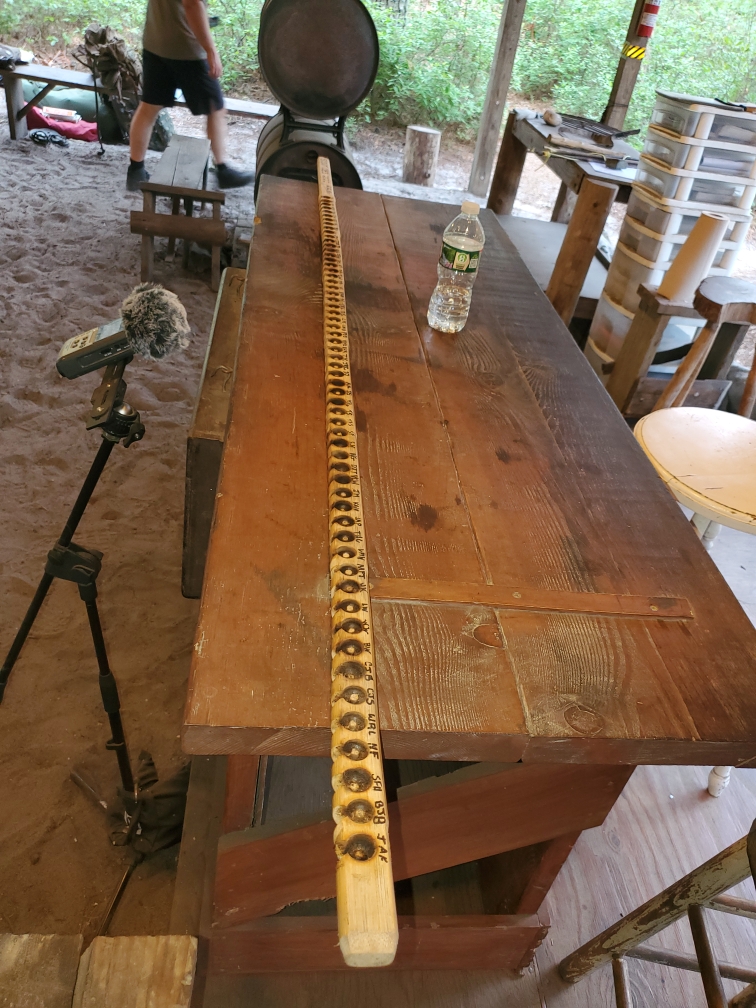PhyreDojo’s (BD) BOW DRILL PHYREBOXES #0001 – #0010
A Wood Phryction PhyreKeeping, S.T.E.A.M.,
25 Woods, UX-UI, White Belt
TRAINING AT HOME
PHYREBOX
THESE LIMITED 1st TEN PHYREBOXES ARE ONLY $5,000 each.
(BD) Bow Drill PhyreBoxes #0011 – #0035 will be $6,000 each.
PRICE INCLUDES SHIPPING & TAXES.
FOR SALE NOW
WILL BE READY IN MID-MARCH FOR SHIPPING.
TEXT 908-246-7215
OR
EMAIL: info@phyredojo.com
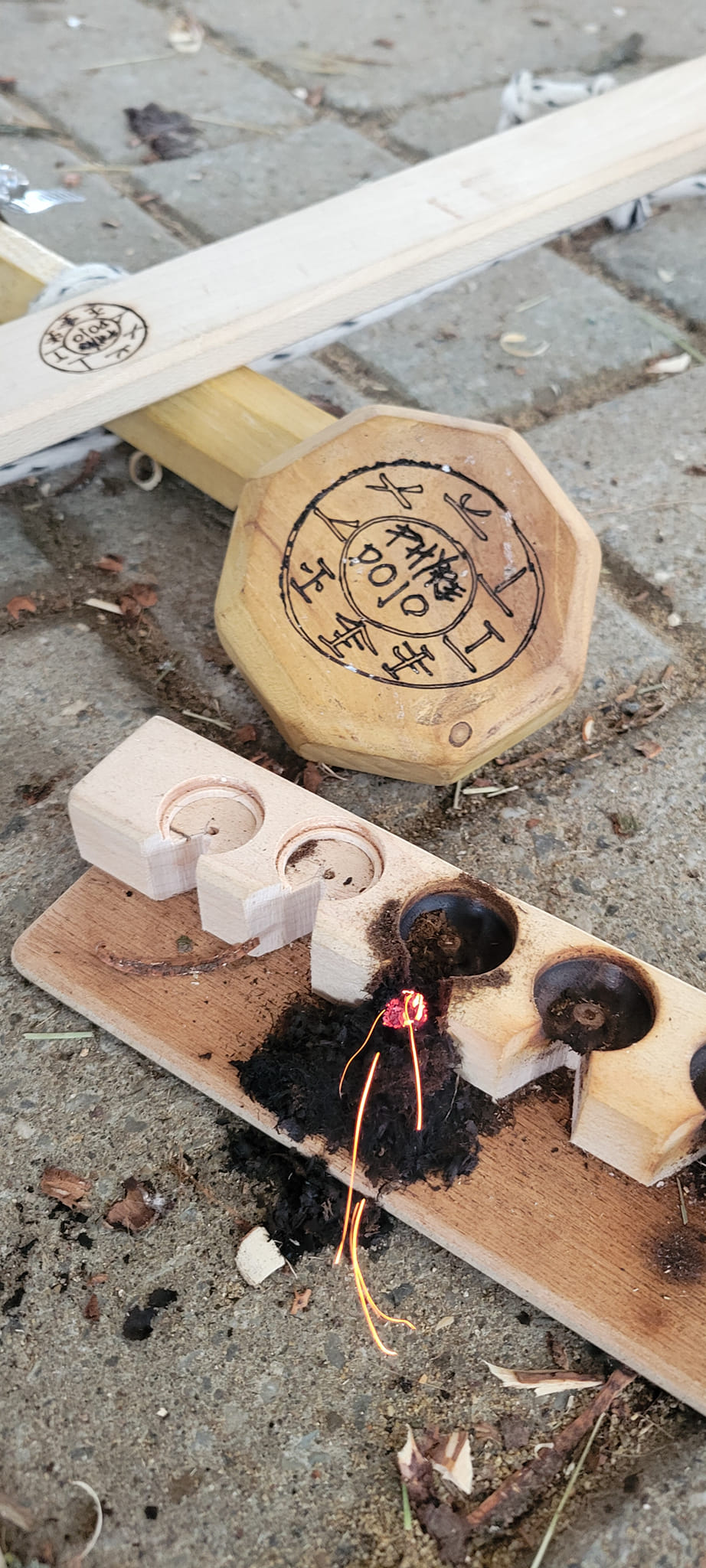
DISCLOSURES & DISCLAIMERS:
>
YOU ARE FULLY RESPONSIBLE FOR YOUR DECISIONS AND YOURSELF.
> YOU MUST REVIEW THE LISTED BELOW & DECIDE WHETHER YOU CAN PHYSICALLY PERFORM AT LEAST 25 (BD) BOW DRILL ATTEMPTS OVER.
> ALL SETS ARE FOR SALE (CURRENTLY).
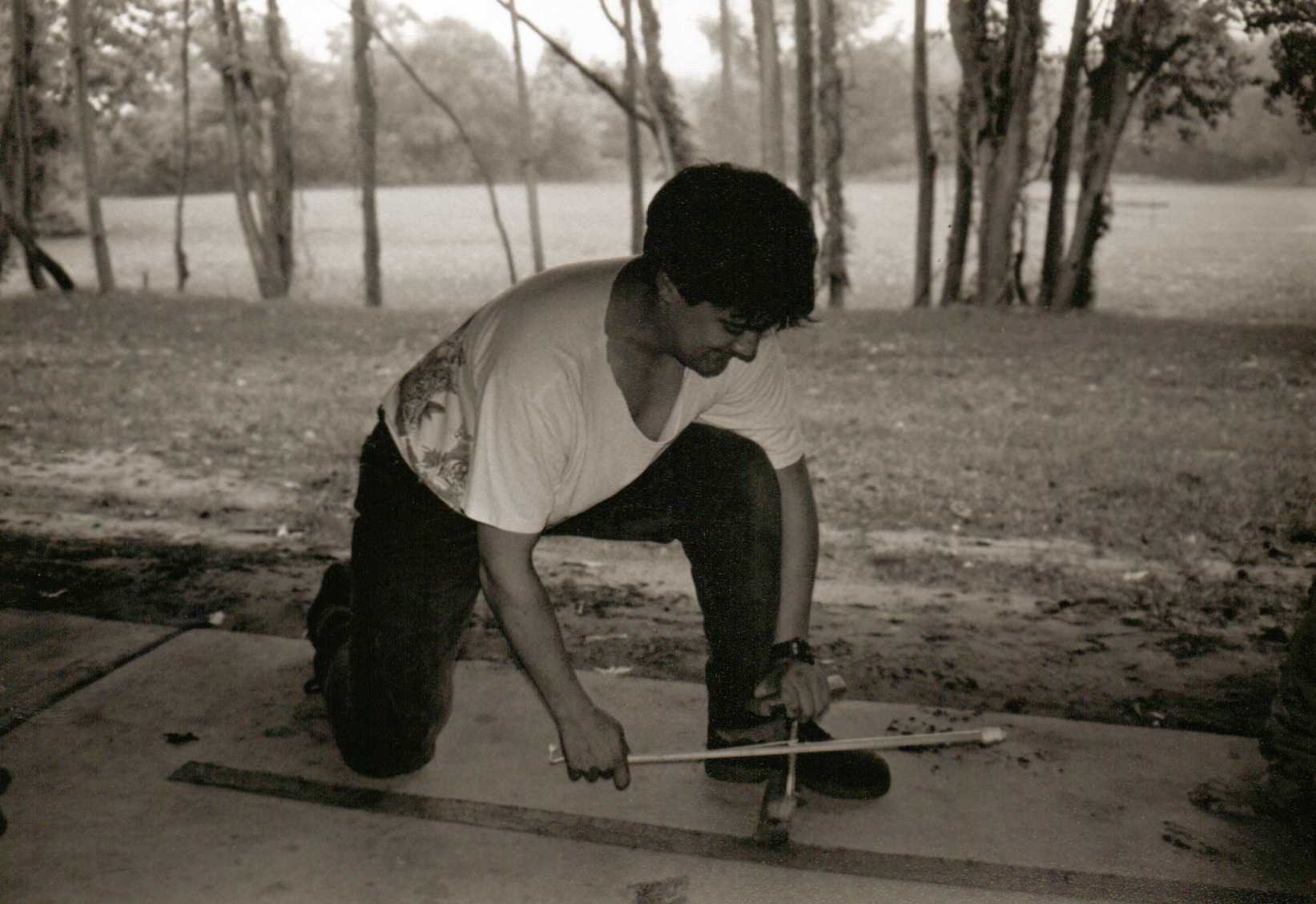
Hello Global Tribe of PhyreKeepers (GTOP) –
This is what we will be DOING and what you can expect from this weekend with PhyreDojo:
> TRAINING in perfecting your (BD) Bow Drill form & technique!
> TRAINING in fully knowing, understanding & experiencing the 22 VARIABLES of Phryction PhyreKeeping that applies to ALL Wood Phryction Phyre Methods!
> TRAINING in experiencing 25 DIFFERENT (BD) Bow Drill Wood Materials!
> TRAINING in experiencing what physically a “Perfect Set” is so that from that point on you have in your mind a reference as to what you are always trying to recreate.
> You WILL BE documenting and posting your experiences the whole weekend as we go as proof and evidence of what you have done. This is S.T.E.A.M.!
> The entire weekend experience WILL BE Recorded and available to ALL afterwards. You may record with photos and video as much as you wish.

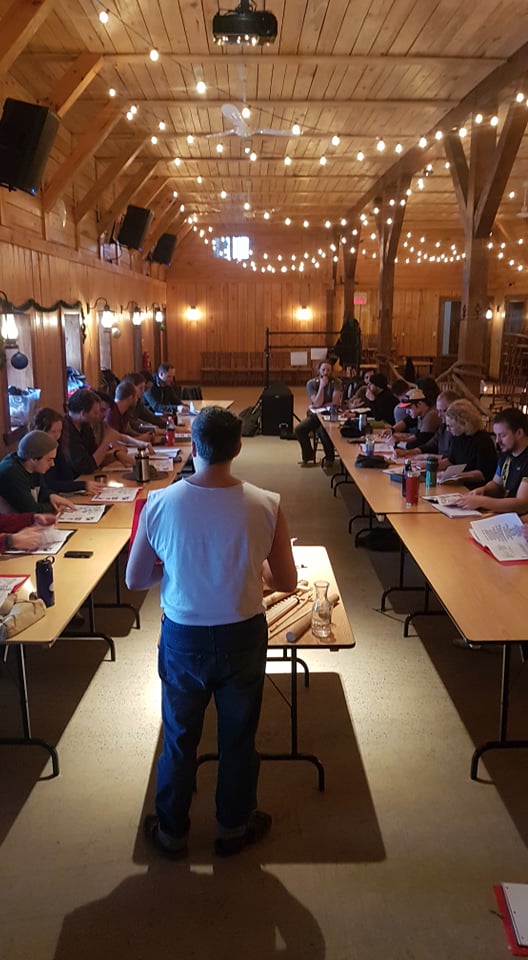
SCHEDULE
> Handouts.
> About the S.T.E.A.M. UX/UI Experience.
> The “Lost Childhood” Metaphor.
> The “Obsidian Standard”.
>The 98% & 2%. Why no one masters Wood Phryction PhyreKeeping & the 4 Foundations.
> 4 Direction Bow Drilling.
> The 22 Variables of Wood Phryction PhyreKeeping.
> What is a “Janka Hardness Rating?”
> What is a “White Belt”, “Green Belt”, Black Belt” & “SHIHAN” Rank in the PhyreDojo?
> Perfecting your (BD) Bow Drill Form.
> “Coal Cards” & Social Media Posting for Evidence/Proof/Facts/Historical Recording & Documenting.
> Pairing & Sharing.
> Introducing the Material Sets you’ll be training with. AROMATICS. CHALLENGES. DOMESTICS. EXOTICS.
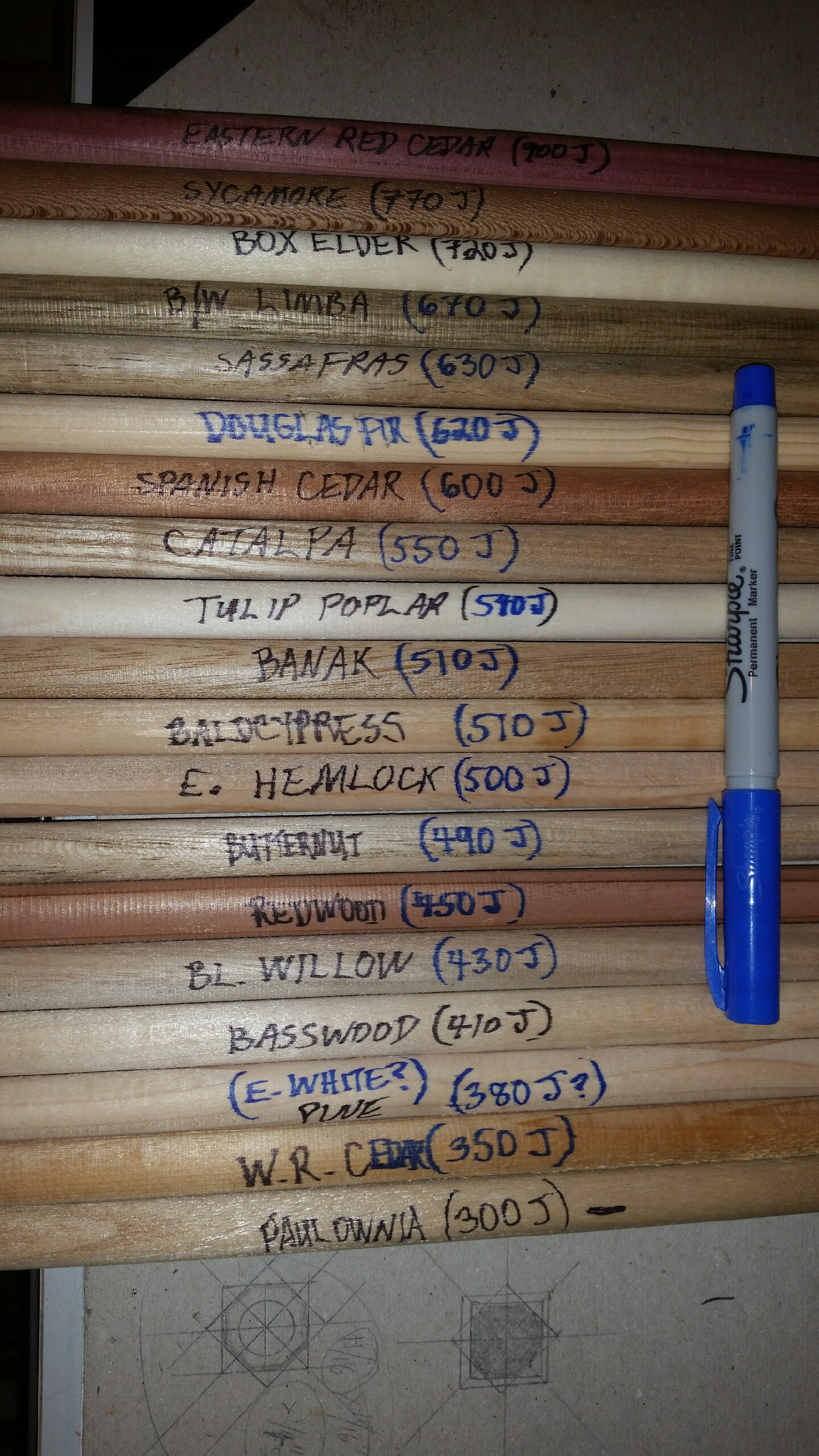
PAULOWNIA (Paulownia Tomentosa) – Janka Hardness Rating – >/< 300 – CHALLENGE.
PERSONAL NOTE: Paulownia is an Asian native. I am half Chinese. In some Asian traditions, when a daughter is born, a Paulownia tree is planted. Paulownia is known for being a fast growing tree. When the daughter is getting married, the tree is cut down and gifts are made with the wood for wedding guests. I lot of Japanese crafts are made from Paulownia.
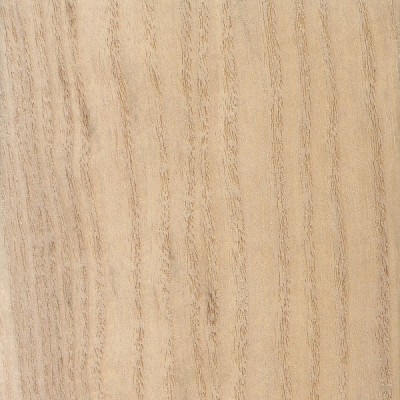
WESTERN RED CEDAR (Thuja Plicata) – Janka Hardness Rating – >/< 350 – AROMATIC.
PERSONAL NOTE: You most likely got your 1st (BD) Bow Drill with a set you made out of cedar – probably Atlantic White Cedar (Chamaecyparis Thyoides). However, if you wanted to replicate your making a new set, you can go to your local “big box” hardware store and they’ll probably have some boards of Western Red Cedar which is very close.
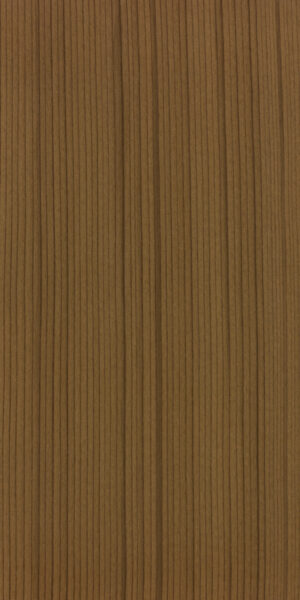
BUCKEYE (Aesculus Flava) – Janka Hardness Rating – >/< 350 – DOMESTIC.
PERSONAL NOTE: I can only acquire this wood as an ordered, large slab. If you are familiar with the (PP) Phyre Plow method, and know that Sotol/Yucca is one of the best materials to practice with that method, Buckeye is the closest tree I have found to it.
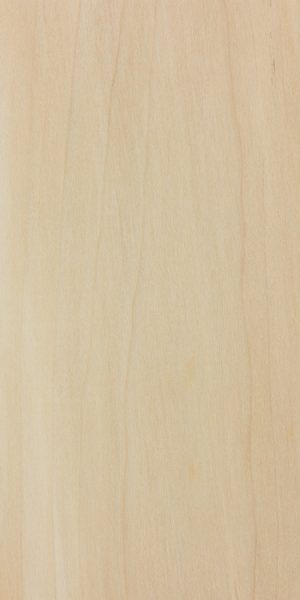
BASSWOOD (Tilia Americana) – Janka hardness Rating – >/< 410 – DOMESTIC.
PERSONAL NOTE: You can pretty much walk in ANY craft store’s wood section and find Basswood. Basswood is know for being one of the best wood for carving and whittling. Very “clear” (meaning – free of knots) and monotonous grain.
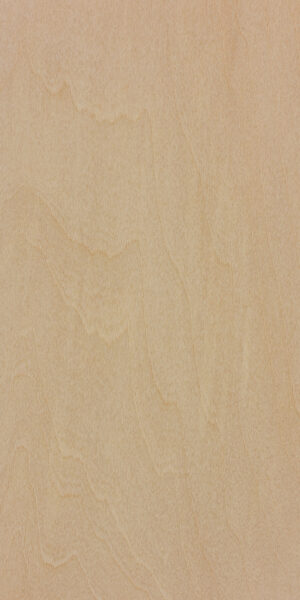
POPLAR (Poplus Spp.) – Janka Hardness Rating – >/< 430 – CHALLENGE.
PERSONAL NOTE: Found in just about any and all hardware and craft stores with a wood section, it is terribly deceptive in its Phyre making characteristics – which you will find out… (evil laugh.) Poplar also goes by the common name: Cottonwood or Aspen.
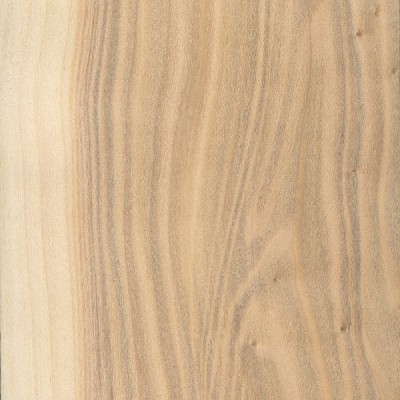
REDWOOD (Sequoia Sempervirens) – Janka Hardness Rating – >/< 450 – DOMESTIC.
PERSONAL NOTE: My 1st encounter with Redwood was during the 1st Tracker School California Standard Class in 1996 outside of Santa Cruz. I later acquired some 2 X 4’s from a couple in a town nearby where I live. Obviously not native to New Jersey, it is a great wood for practicing your (BD) Bow Drill.
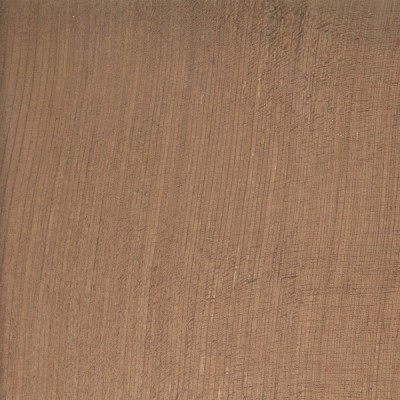
INCENSE CEDAR (Calocedrus Decurrens) – Janka Hardness Rating – >/< 470 – AROMATIC.
PERSONAL NOTE: Probably my 2nd most recommended “Cedar”. Usually very “clear” (meaning – free of knots) and easy to work.
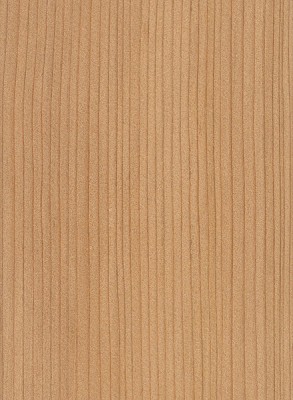
GUANACASTE/PAROTA (Enterolobium Cyclocarpum) – Janka Hardness Rating – >/< 470 – EXOTIC.
PERSONAL NOTE: A beautifully exotic wood.
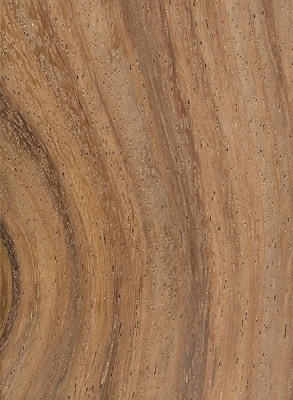
WHITE FIR (Albies Concolor) – Janka Hardness Rating – >/< 480 – DOMESTIC.
PERSONAL NOTE: An amazing wood for getting started if you can’t get a hold of any “cedars.” Highly recommended and highly available in just about any “big box” hardware store in the wood studs section. Make sure you take the time to select one as “clear” (meaning – free of knots) as possible.

EASTERN HEMLOCK (Tsuga canadensis) – Janka Hardness Rating – >/< 500 – DOMESTIC.
PERSONAL NOTE: I can only get a hold of some of this wood from a local exotic lumberyard an hour north of where I live in the form of a timber framing beam. It’s huge and cutting it down into manageable pieces is real work. Definitely not a “clear” (meaning – free of knots) wood! There’s a lot that goes into finding good pieces to use.
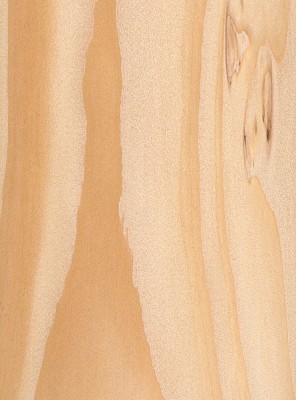
SPRUCE (Picea Spp.) – Janka hardness Rating – >/< 510 – DOMESTIC.
PERSONAL NOTE: So far, I can only get this wood as a ready milled, 12 foot long, tongue & groove joint planking at one of my 2 local exotic lumberyards. Not very “clear” and hard to get some good pieces from sometimes, (I pay the guy there extra to find me the “clearest” (meaning – free of knots) plank he can find in the batch!
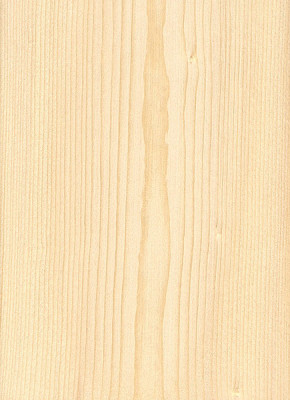
BALD CYPRESS (Taxodium Distichum) – Janka Hardness Rating – >/< 510 – DOMESTIC.
PERSONAL NOTE: Apparently widely available in the southern United States, I can get it easily at both of my local exotic lumberyards. Highly recommended. Mostly “clear” (meaning – free of knots) wood.
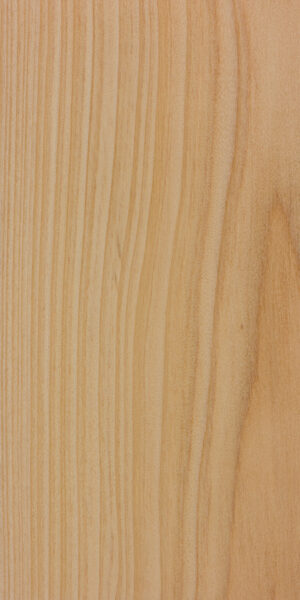
TULIP POPLAR (Liriodendron Tulipifera) – Janka Hardness Rating – >/< 540 – DOMESTIC.
PERSONAL NOTE: I used to have a HUGE TulipPoplar growing in the front yard of my former house. It was incredibly tall and straight and I used to imagine the wood that could come out of that tree. Depending on the tree you find, the heartwoods can be incredibly colorful. Sometimes these Tulip Poplars are called, “Rainbow Poplars.” Tulip Poplars are not true Poplar of the (Poplus) species.
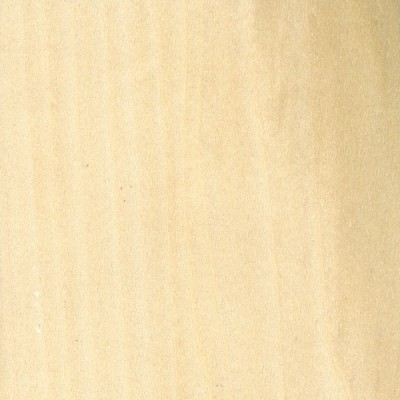
CATALPA (Catalpa Spp.) – Janka Hardness Rating – >/< 550 – CHALLENGE.
PERSONAL NOTE: Sometimes its hard for me to tell the difference between Catalpa and Sassafras when I am looking at them both. However, Sassafras has a distinct aroma. Sassafras is also usually denser. I usually have to find local sawmills that have occasionally milled a Catalpa in order to get some of this wood here in New Jersey. If you have driven through northern New Jersey, You have passed a Catalpa somewhere, with its beautiful white spring flowers or its long string bean-like seed pods in the fall.
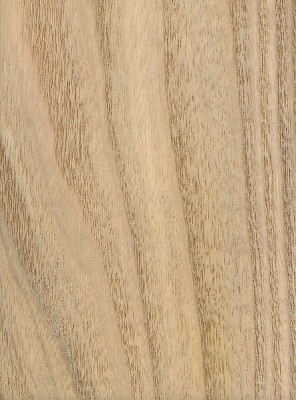
PORT ORFORD CEDAR (Chamaecyparis Lawsoniana) – Janka Hardness Rating – >/< 590 – AROMATIC.
PERSONAL NOTE: My #1 recommendation for a “Cedar” to make a set with. Wonderfully aromatic. Occasionally, there is a Japanese carpenter on YouTube named Shoyan that I will watch. A lot of times he is working with a Japanese wood called: “Hinoki” (Chamaecyparis Obtusa.) “Hinoki” can translate to: “Hi” – “Fire.” “No” – “Of.” “Ki” – “Wood.” Or, “Wood of Fire.” Port Orford Cedar is the American version of this species.
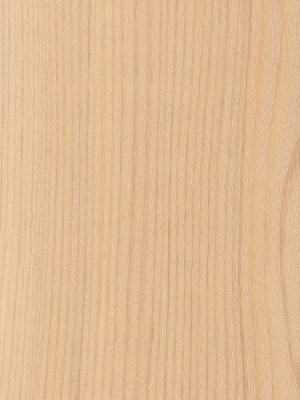
SPANISH CEDAR (Cedrela Odorata) – Janka Hardness Rating – >/< 600 – AROMATIC.
PERSONAL NOTE: Wonderfully aromatic. Very distinct. I would call the scent: spicy. This wood was used to make the 1st ever (BD) Bow Drill set I made and sold to another human being on Etsy back in 2013.
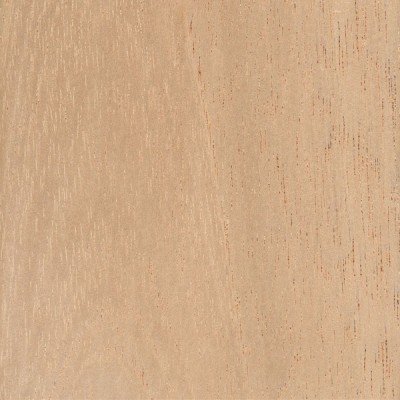
DOUGLAS FIR (Pseudotsuga Menziesii) – Janka Hardness Rating – >/< 620 – CHALLENGE.
PERSONAL NOTE: If you go to a “big box” hardware store in the wood stud section you’ll probably see a pinkish wood next to more whitish woods. The pink wood is most likely Douglas Fir. It’s looks are deceptive when trying to make a set from this wood.
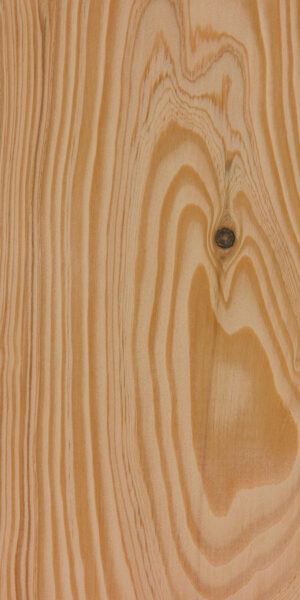
SASSAFRAS (Sassafras Albidum) – Janka Hardness Rating – >/< 630 – CHALLENGE (& AROMATIC.)
PERSONAL NOTE: FUN FACT: There’s a reason why Sassafras smells like “root beer.” Sassafras root was used for the original flavor for “root beer.” Now, all “root beer” flavoring is artificial. Sassafras will challenge your (BD) Bow Drill skills (& patience.)
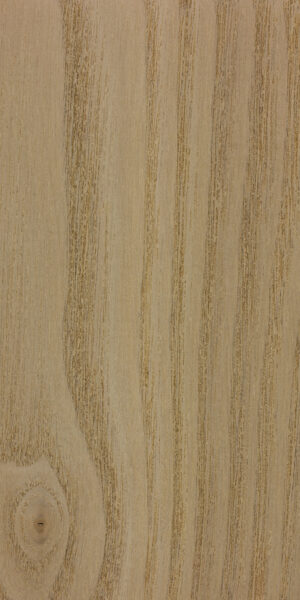
RADIATA PINE(Pinus Radiata) – Janka Hardness Rating – >/< 710 – DOMESTIC.
PERSONAL NOTE: Most average people would know that pines are full of knots and full of pitch. But not the Radiata Pine. Radiata are grown in plantations and in other countries and imported. If you go to any “big box” hardware store in the wood section and you look for the “Clear Pine,” you will find Radiata Pine. If there was a “perfect” pine, it’s Radiata Pine with it’s wide and straight grain.
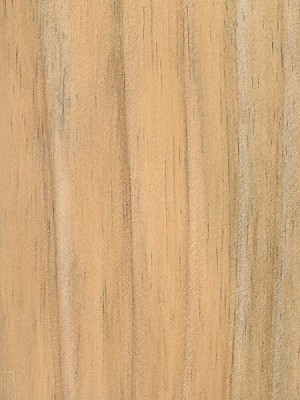
BOX ELDER (Acer Negundo) – Janka Hardness Rating – >/< 720 – DOMESTIC.
PERSONAL NOTE: This spectacularly flame raspberry colored wood is in fact a MAPLE. You couldn’t tell it was a MAPLE by looking at it’s leaves or seeds. One of my favorite woods for demonstrations and having kids get their 1st Phyres. They never will forget the color. Some Box Elder have intense coloring and some have practically none.
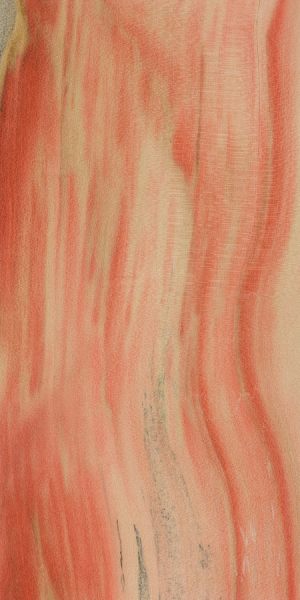
SYCAMORE (Platanus Occidentalis) – Janka Hardness Rating – >/< 770 – DOMESTIC.
PERSONAL NOTE: If you’ve driven through central New Jersey, you’ve definitely passed some Sycamores with their distinctive white bark and probably growing all along river and creek banks. It has a distinctive leopard pattern to the grain when you cut it in the right direction. I have been lucky to gather some “Spalted” (meaning – fungus colored) Sycamore that I’ve been waiting to use for a project someday.
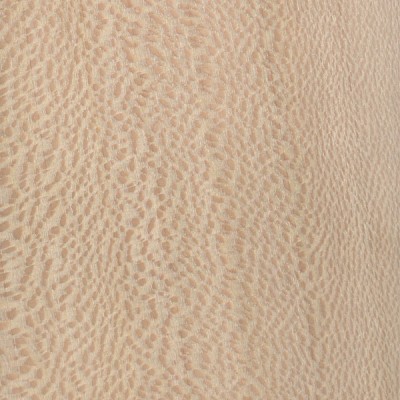
EASTERN RED CEDAR (Juniperus Virginiana) – >/< 900 – AROMATIC.
PERSONAL NOTE: If you’ve driven through northern New Jersey, you’ve driven past thousands of Eastern Red Cedars. I love working with this wood and haow it smells. Technically, it is a JUNIPER, not a cedar. Definitely NOT a “clear” (meaning – free of knots) wood to work with. Hard to find commonly good straight grained pieces.
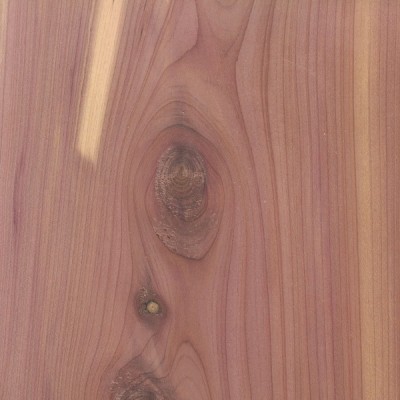
MONKEYPOD (Samanea Saman) – Janka Hardness Rating – >/< 900 – EXOTIC.
PERSONAL NOTE: When I 1st got a hold of some of this wood, I couldn’t help but this I have seen this somewhere else before. I then realized that my parents had a full salad bowl set made of this wood that I now own and that I have been looking at this wood my whole life growing up. A few years ago, my In-Laws brought home from the Phillipines a Mortar & Pestle set made of MonkeyPod for my wife.
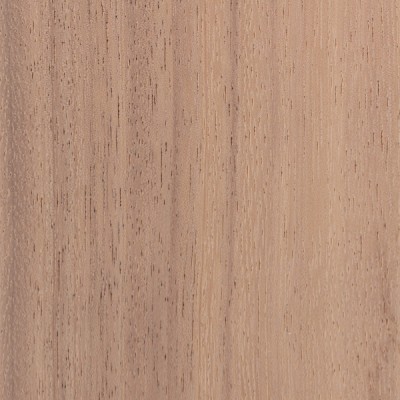
ACACIA KOA (Acacia Koa) – Janka Hardness Rating – >/< 1,170 – EXOTIC.
PERSONAL NOTE: You’ve most likely encountered this wood in your shopping travels. Usually it takes the form of a cutting board or some sort of kitchen knick-knack.
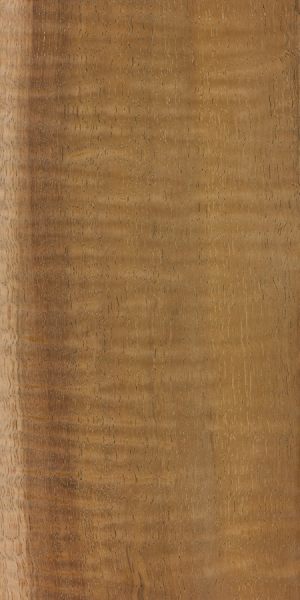
BAMBOO (Bambusa Spp.) – Janka Hardness Rating – >/< 1,510 – EXOTIC.
PERSONAL NOTE: TRICK QUESTION! : Is Bamboo a wood or a plant? IT’S A GRASS! (I told you it was a trick question.) My most FAVORITE material of all. I have done and made EVERY Phryction PhyreKeeping Method with Bamboo. (Did I mention it’s my favorite?…)
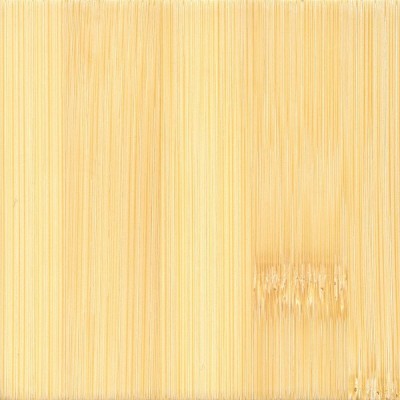

NOTE: I would like to give CREDIT to www.wood-database.com for the wood photos.
I HIGHLY recommend their book: WOOD.
